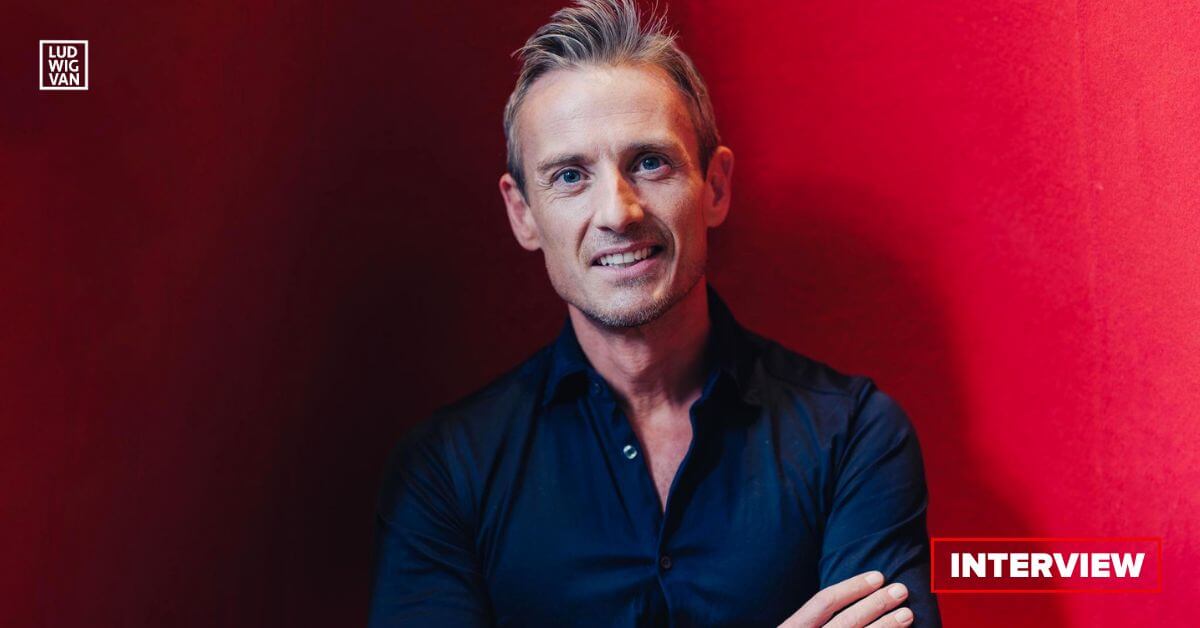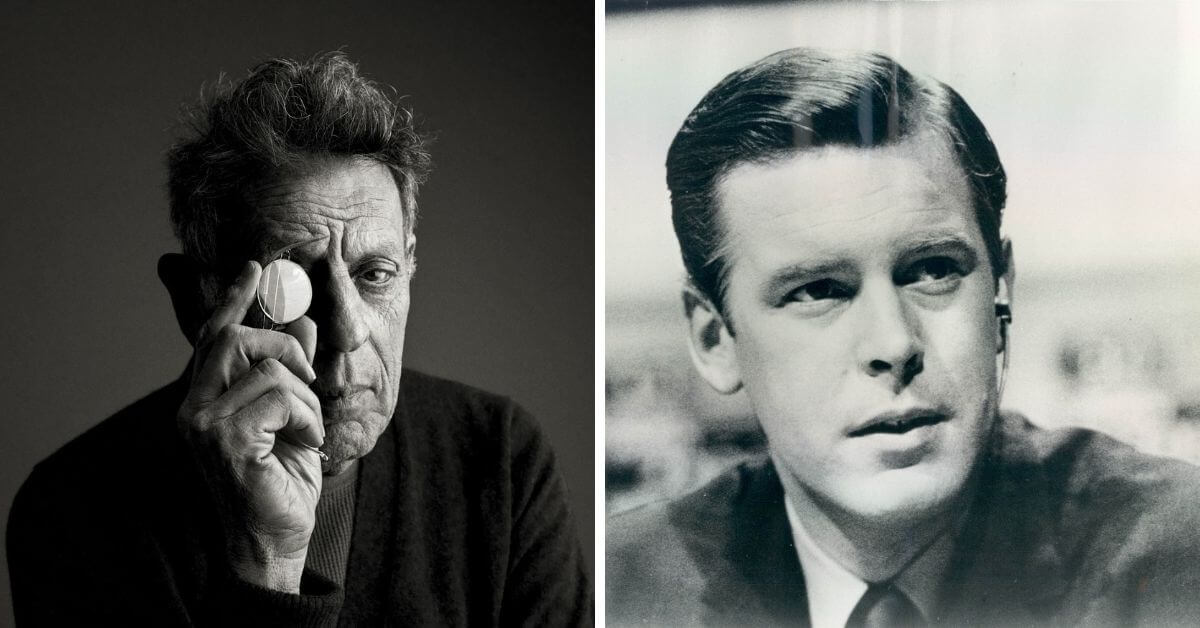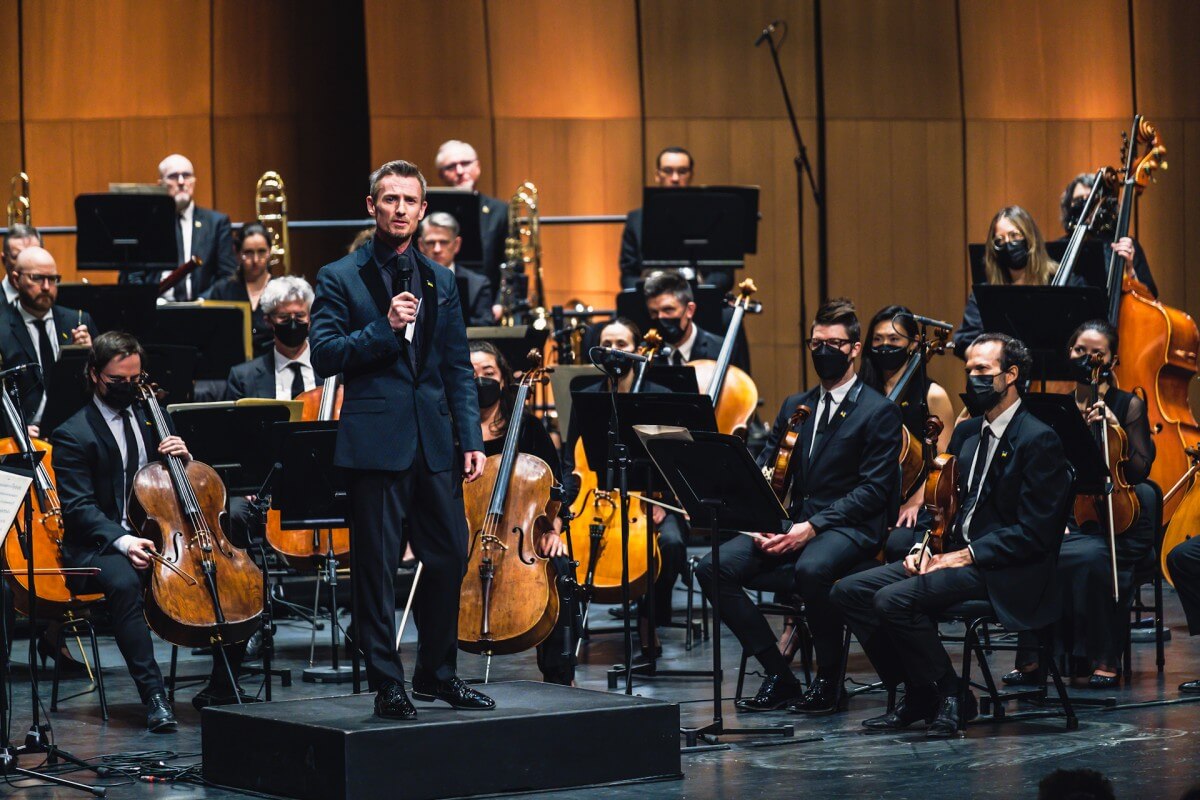
[ad_1]

With the Nationwide Arts Centre Orchestra
On February 9, Fact in Our Time, with the Nationwide Arts Centre Orchestra underneath conductor Alexander Shelley, and with violinist James Ehnes, can be launched by Orange Mountain Music. The recording showcases the premiere of Philip Glass’ Symphony No. 13.
Along with the signature Glass fee, the reside recording consists of Korngold’s Violin Concerto in D main, Op. 35 with soloist James Ehnes, together with Shostakovich’s Symphony No. 9 in E-flat Main, Op. 70, Nicole Lizée’s Zeiss After Darkish, and Ottawa-based slam poet and singer-songwriter Yao’s piece “Unusual Absurdity / Étrange absurdité”.
The work and full program featured on this new launch had been premiered in Toronto on March 30, 2022, after which traveled to New York Metropolis for its United States premiere at Carnegie Corridor on April 5 to a lot acclaim. Particularly, the American press singled out Alexander Shelley and the NAC Orchestra’s nimble transitions between musical genres and eras. A reside recording was captured within the Nationwide Arts Centre’s Southam Corridor.
“I feel stylistic agility is a should for any fashionable orchestra,” notes NACO Music Director Alexander Shelley. Whereas he relishes that flexibility, there’s additionally a necessity for steadiness. “I feel that it then begs the query, how does that marry up with the concept that an orchestra has its personal sound?”
So far as his personal follow, he approaches the orchestra’s common repertoire, which, like that of the brand new album, veers from the normal to new music, with a good regard. The classical music world is, as he notes, at one thing of a crossroads between adherence to conventional types and the calls for for relevance within the fashionable world.
“The way in which I attempt to body it, there was a second in classical music, let’s say the final 90 to 100 years, through which, for the primary time within the historical past of classical music, no matter that time period means, we’ve moved to an trade the place we don’t have a look at what’s being written now.”
The world of Western artwork music moved in a ahead path till about Schoenberg and his 12-tone toppling of centuries of harmonic idea. After that…
“The place’s the brand new music?” Shelley wonders. “In the course of the twentieth century, it turned extra commonplace to expertise the dwelling museum within the live performance corridor.”
The truth is, that itself is a reasonably latest pattern. “We expect that performing new music is a brand new pattern,” he notes. “There’s a whole lot of dialog available in that.”
Any artwork kind has to include the brand new and the previous to stay wholesome and vibrant within the society through which it exists. Finding out older works solely underscores the truth that they spoke on to their very own time.
“A reference to music that speaks to our time […] whose sound displays one thing of this nice tapestry we name life, just isn’t solely an fascinating exploration, but in addition a reminder that music of then was additionally linked to its time.”
It’s why centuries previous works nonetheless communicate to fashionable ears. “Issues that actually mirror the human expertise of their time endure,” Shelley says. “The human expertise hasn’t actually modified in a few hundred years.”

Philip Glass Symphony No. 13
“The entire program was conceived round Fact in Our Time — as a nationwide group, it’s fascinating to ask ourselves what function music and artwork […] can play in society.”
The recording took place because the NAC Orchestra contemplated its place on the earth. As a nationwide group, what huge themes must be addressed? There are such a lot of — local weather change, identification politics, the pandemic, and a lot extra.
However, behind all these themes, and in our society at massive, a bigger query looms, one in regards to the nature and our notion of fact. What’s goal fact — does it actually exist? Once we can hear what passes for the reality from so many sources, how do we all know what’s true and what’s not?
As a nationwide group, Shelley is aware of NACO has the clout to take greater dangers than most, and to intention for a real expression of the occasions.
“A number of the questions of at this time revolve round fact and the idea of it,” he says. “Exploring the query of fact appeared like a really fascinating factor to do.”
As these questions arose, the household of the late Peter Jennings approached the orchestra with the concept of commissioning a piece in his reminiscence. It was an ideal intersection of pursuits.
Peter Jennings, as Shelley notes, was one of many final universally trusted information anchors. “It’s an fascinating entry level.”
Journalist Peter Jennings left a mark on his career like few others. He got here to characterize integrity in journalism, on the lookout for the reality relatively than sensationalism. A Canadian-American twin citizen, he was named to the Order of Canada shortly earlier than his dying in 2005.
Philip Glass accepted the fee, impressed by the idea behind it.
“Philip was on the high of the checklist together with a few names,” Shelley says. “Splendidly, he jumped to the venture.”
Jennings’s legacy is the main focus of the Philip Glass Symphony No. 13.
The Glass Symphony approaches the idea within the composer’s usually summary phrases. “I’ve had fascinating discussions in regards to the diploma to which it’s linked to the theme. That’s all the time an fascinating query,” Shelley says. He wonders about his alternative of the symphony, a closed kind with a cohesive construction, to precise the theme of fact.
“Philip is intentionally imprecise about it in his notes — very spare,” he says, noting Glass is in that faculty of composer thought which permits for the creation of ambiguity.

The Program
The opposite works on the discharge, whereas they appear disparate, are unified by a standard thread. “We constructed round it these different works.”
Nicole Lizée’s “Zeiss After Darkish” was co-commissioned by NACO and the Toronto Symphony Orchestra for Canada’s sesquicentennial in 2017. The work has been carried out by different ensembles since that point, and returns to be memorialized on this recording. Shelley says Lizée’s piece was impressed by the concepts introduced within the Kubrick film Barry Lyndon, specifically, that fact will be elusive, even when it issues previous occasions that we expect we will correctly contextualize.
Shostakovich, underneath strain to jot down what the Soviet regime thought-about a heroic victory symphony, got here up brief in public opinion of the time along with his Symphony No. 9. The truth is, the general public and Soviet regime’s displeasure led to its banning, together with all of his work, from public efficiency.
At its premiere, the disapproving Soviet viewers didn’t hear the unabashedly triumphant tones they had been anticipating. “Shostakovich — an artist who was advised to inform the Soviet fact, however he tells a distinct story,” Shelley feedback. “It’s a really snarky, sarcastic symphony.”
Erich Korngold fled the Nazis in 1934 for the US, however initially hoped to return. He turned an American citizen in 1943, and stayed within the US after retiring from his prolific profession as a movie composer in 1947. Over the past decade of his life (he died in 1957), he composed a number of orchestral works, together with the violin concerto, a symphony, and different items.
His violin concerto might be the preferred of those. Shelley calls James Ehnes “an important Canadian artist”.
Yao’s authentic piece rounds out this system. “[He’s a] great improvising poet and singer. He created a poem across the theme to do with race and identification and fact,” Shelley says.
“It was type of a dangerous program to take right down to Carnegie Corridor,” he provides.
He’s glad on reflection that it was what they delivered to the honored live performance corridor. After the New York efficiency, there have been panel discussions across the points raised. “We had been in a position to attract the viewers within the theme of artwork partaking with political questions.”
- Discover out extra in regards to the recording and buy/stream it [HERE].
Are you seeking to promote an occasion? Have a information tip? Must know one of the best occasions taking place this weekend? Ship us a notice.
#LUDWIGVAN
Get the every day arts information straight to your inbox.
Join the Ludwig Van Toronto e-Blast! — native classical music and opera information straight to your inbox HERE.
[ad_2]